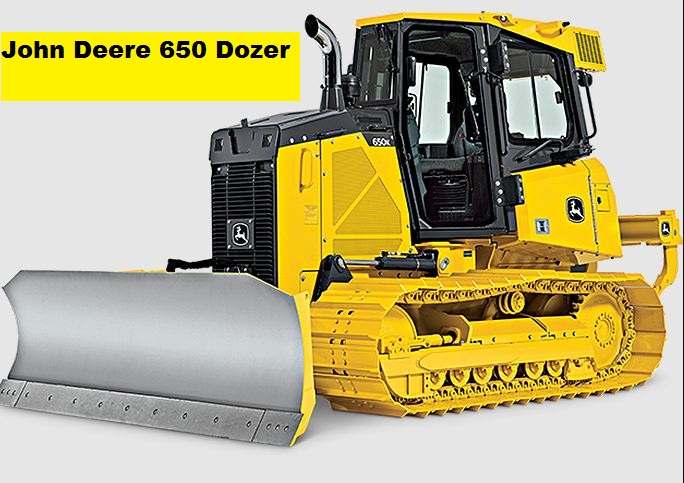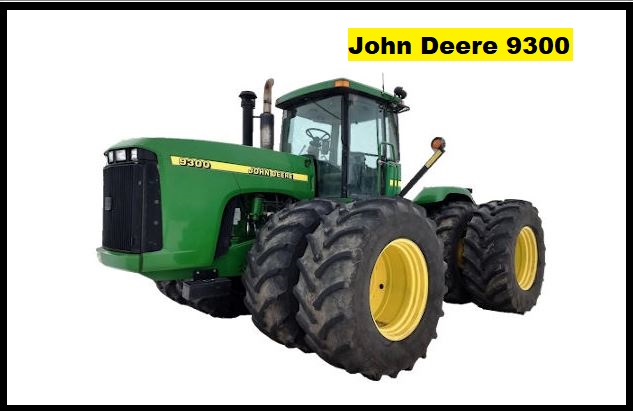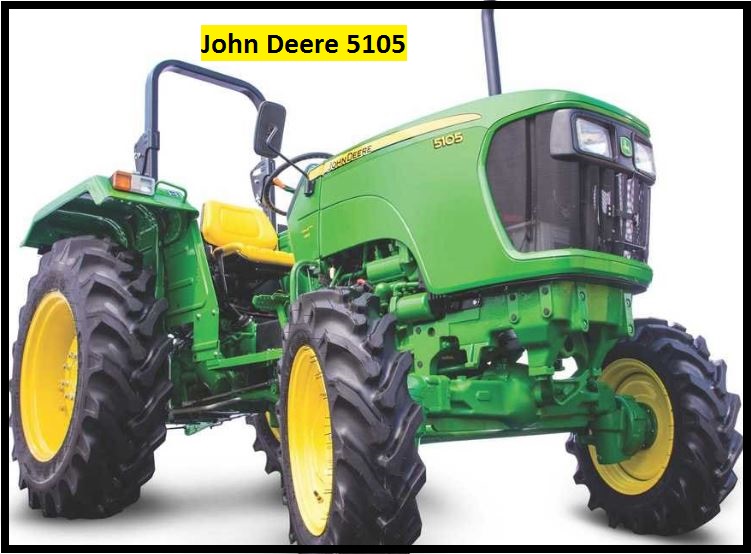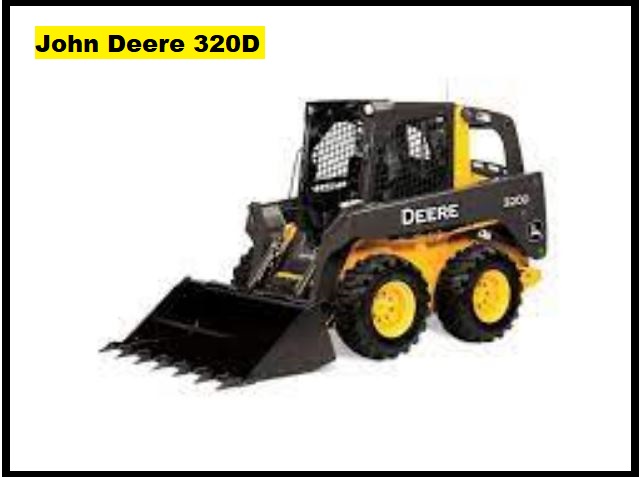John Deere 314 Specs, Engine, Attachment, Price & Review
If you’re looking for John Deere 314 price, specs, reviews, weight, and features, you’ve come to the right place. Our team has confirmed this information with several John Deere representatives and associates.
Let’s discuss John Deere 314 price, specifications, and reviews.
Finding complete information on the internet can be challenging. Therefore, we prefer that you save your precious energy and time.
Our team has compiled complete and step-by-step information on John Deere 314 price, specs, reviews, weight, and features to make your search easier.
So, without further ado, let’s get to the main topic.

About John Deere 314
The John Deere 314 is a lawn and garden tractor from the 300 series with only two wheels driven. From 1979 to 1983, this tractor was made by John Deere in Horicon, Wisconsin, USA.
The JD 314 has a 0.5 L gasoline engine with a single cylinder and a hydrostatic transmission with an infinite number of forwarding and backward gears.
It was the Kohler K321AQS engine that came with the John Deere 314 garden tractor. It is a gasoline single-cylinder engine that has a displacement of 0.5 L (512 cm2) and a bore was 89.0 millimeters (3.5 inches) and a stroke of 83.0 millimeters (3.27 inches). At 3,600 rpm the highest power this engine can produce is 14.1 PS (10.4 kW; 14.0 HP).
The JD 314 has manual steering, shoe brakes, an open operator station, and a fuel tank that holds 17.0 liters (4.5 US gal; 3.7 Imp. gal).
John Deere 314 Price
John Deere 314 Original Price: $2000 USD
John Deere 314 Engine
| Engine Detail | |
| Kohler K321AQS | |
| gasoline | |
| 1-cylinder 2-valve | |
| air-cooled horizontal-shaft | |
| Displacement | 512 cc 31.27 ci |
| Bore/Stroke | 3.50×3.25 inches 89 x 83 mm |
| Power (gross) | 14 hp 10.4 kW |
| Starter volts | 12 |
John Deere 314 Serial Number
| 1979 | C314H095001 |
| 1980 | C314J120001 |
| 1981 | C314K155001 |
| 1982 | C314L190001 |
| 1983 | M00314X222001 |
| Final | M00314X285000 |
John Deere 314 Specs
ENGINE
| Engine Model | Kohler K321AQS |
| Engine Type | 4-Cycle, one-cylinder air-cooled gasoline |
| Number of Cylinders | Single |
| Displacement, cu.in (L) | 31.3 (0.512) |
| Engine Bore, in (mm) | 3.50 (89.0) |
| Engine Stroke, in (mm) | 3.25 (82.6) |
| Maximum Horse Power, hp (kW) | 14.0 (10.5) |
| Rated Engine Speed, rpm | 3600 |
| Fuel System | Carburetor |
| Carburetor Model | Kohler/Walbro |
| Carburetor Type | Fixed main jet or adjustable main jet |
| Lubrication System | Splash type |
| Cooling System | Forced-air |
| Ignition System | Battery |
| Spark Plug Type | Champion RH10 |
| Spark Plug Size, in (mm) | 0.553 (14.0) |
| Spark Plug Gap, in (mm) | 0.0256 (0.65) |
| Breaker Point Gap (Nominal), in (mm) | 0.020 (0.50) |
| Valve Clearance (Intake), in (mm) | 0.008-0.010 (0.20-0.25) |
| Valve Clearance (Exhaust), in (mm) | 0.017-0.019 (0.43-0.48) |
| Fuel Tank Capacity, gal (L) | 4.5 (17.0) |
| Oil Capacity, qt (L) | 2.26 (2.21) |
ELECTRICAL SYSTEM
| Electrical System Rating, Volts | 12 |
| Charging System Rating, Amps | 15 |
| Starter Type | Electric |
| Number of Batteries | 1 |
| Electric Ground | Negative |
POWER TAKE-OFF
| PTO Operational Type | Independent |
| PTO Clutch | Electric |
| PTO Control | Switch on dash |
TRANSMISSION
| Transmission Model | Sundstrand 15 |
| Transmission Type | Shaft-driven hydrostatic |
| Number of Forwarding Gears | Infinite |
| Number of Reverse Gears | Infinite |
| Oil Capacity, qts, (L) | 5.0 (4.7) |
| Maximum Forward Speed, mph (kph) | 6.8 (10.9) |
| Maximum Reverse Speed, mph (kph) | 3.8 (6.0) |
WHEELS AND TIRES
| Drive Wheels | 2WD 4×2 |
| Steering Configuration | Front steer |
| Steering System | Manual Steering |
| Brakes Type | Shoe |
| Front Tire Size | 16×6.50-8 |
| Rear Tire Size | 23×10.50-12 |
DIMENSIONS AND WEIGHT
| Wheelbase, in (mm) | 46 (1160) |
| Length, in (mm) | 69 (1750) |
| Height, in (mm) | 44 (1110) |
| Overall Width, in (mm) | 42.5 (1070) |
| Weight, lb (kg) | 770 (365) |
38″ MOWER DECK
| Mower Deck Type | Mid-mount, right-discharge |
| Number of Blades | 3 |
| Cutting width, in (mm) | 38 (960) |
| Cutting height, in (mm) | 1.5-4.0 inch (38-102) |
| Lift System | Hydraulic |
| Deck Drive | Belt |
46″ MOWER DECK
| Mower Deck Type | Mid-mount, right-discharge |
| Number of Blades | 3 |
| Cutting width, in (mm) | 46 (1160) |
| Cutting height, in (mm) | 1.5-4.0 inch (38-102) |
| Lift System | Hydraulic |
| Deck Drive | Belt |
46″ SNOWBLOWER
| Snowblower Type | Front-mount, single-stage |
| Clearing Width, in (mm) | 46 (1160) |
| Lift System | Hydraulic/Mechanical |
| Weight, lb (kg) | 197 (89) |
FRONT BLADE
| Blade Type | Front-mount |
| Width, in (mm) | 54 (1370) |
| Lift System | Hydraulic/Mechanical |
| Angle | Manual |
John Deere 314 Review
The John Deere 314 is a garden tractor that was produced from 1980 to 1985. It is a popular choice for homeowners and hobby farmers who need a reliable and easy-to-use tractor.
The John Deere 314 is powered by a 14-horsepower Kohler engine. It has a hydrostatic transmission and a 54-inch mowing deck. The 314 also features a variety of attachments, such as a snowplow, blade, and dethatcher.
For more details check out the YouTube video
John Deere 314 Attachments
| Attachment overview | |
| 38″ mid-mount mower deck | |
| 46″ mid-mount mower deck | |
| Snowblower | |
| Blade |
John Deere 314 Problems
Engine Troubleshooting
The engine won’t start or is difficult to start
- Is the gas tank empty? Fill it up!
- Improper fuel grade – Get good gasoline
- Air in the fuel tank – Bleed fuel tank
- Loose or disconnected spark plug wire – Check the connection of the spark plug wire, fix it, or get a new one.
- The fuel filter is clogged – Change the fuel filter
- Bad safety switch? Replace the broken one.
- The carburetor isn’t set up right – Check the carburetor float adjustment
- Low cylinder compression: Check the cylinder block and replace worn parts
- Worn or unadjusted choke cable – Change the cable or adjust it correctly
Rough engine running
- The cooling fins are filled in. – Wash and clean as needed
- Ignition system problems – Check the ignition and fix any broken parts.
- The Choke cable is broken or stuck. – Change the cable or clean it.
- If the air filter element is dirty, clean or replaces it.
- Clogged or defective fuel pump – Service or replace the fuel pump
The engine starts but immediately shuts off
- The spark plug is broken, so replace it.
- Clogged or broken carburetor – carburetor service or repair
- The ignition coil is broken. The ignition coil needs to be changed.
- Broken or bad valve springs – Install new valve springs
- When valves get stuck, they need to be cleaned.
Engine overheats
- Low oil level: Check and add oil to the engine
- Too much load on the engine. Reducing the load is recommended.
- The air intake screen is dirty or clogged.
- The carburetor is running lean – Use the proper settings
- Mistimed ignition—The timing of the ignition needs to be set right.
- The valve setting is wrong. The valves need to be fixed.
Engine noises or knocks
- Stale fuel – Use the correct fuel
- Overloaded engine: load should be reduced. Low oil level: check the oil level and add oil as needed.
- Low idle speed not set right – Set the low idle speed
- The fuel pump is dirty or broken – Fix or replace the fuel pump
- The crankshaft or main bearings are worn out. Get new bearings or a new crankshaft.
- Too much space between the valves—need to adjust valve clearance
- Piston rings or cylinder bores that are damaged – Replace broken parts
Engine power is too low
- The carburetor is not set up right or is clogged. Clean or set up the carburetor correctly.
- The air filter element is plugged in – Change the air filter or clean it.
- The fuel pump is broken or dirty. Check the fuel pump and replace it if necessary.
- Ignition failure – Check the ignition and fix any broken parts.
- The cylinder head gasket is worn, so put in a new one.
- Burned or stuck valves: Replace or fix valves.
- The push rod is broken or worn out; the pushrod needs to be replaced.
- Parts of the cylinder block that are broken need to be replaced.
Engine using too much gasoline
- The throttle isn’t fully open. Check the throttle cable and make any necessary changes.
- The main jet on the carburetor is not set up right – Correctly set the main jet on the carburetor
- A spark plug is either loose or broken; it needs to be tightened or replaced.
- A valve that is stuck, worn, or burned – Change or clean valves
- Sleeve, rings, or piston are damaged – Change broken parts
- The valve clearance is wrong—Check and fix it.
Excessive engine oil consumption
- Seals or gaskets are wearing out too quickly. Replace broken parts.
- The guides and stems of the valves are worn out.
- Rings on the pistons are stuck or worn. The rings on the pistons need to be changed.
- If the piston or cylinder liner is scratched, check the liner and piston and replace them as needed.
- If the breather pipe or hose is clogged, change or clean it.
TRANSMISSION TROUBLESHOOTING
The hydrostatic transmission is making noise
- Linkage for the speed control pedal is bent or not adjusted: Adjust or replace the linkage
- Too much weight—We need to lighten the load
- Fluid is dirty or there is not enough fluid. Pour in new fluid or add transmission fluid to the right level.
- Parts of the transmission that are broken or worn out: Check transmission parts for damage or wear and replace them if necessary.
Shifting is hard
- Stuck or damaged gshift linkage – Switch out or fix the linkage
- The hydrostatic pump is broken or clogged. Fix or replace the pump.
- Transmission shift control parts that are broken or not set up right – Fix it right or get a new one
Low power
- Not enough transmission fluid. Add fluid to the transmission housing.
- The drive sheave is old or broken; replace the sheave.
- Shifting linkage is broken or misadjusted – Adjust properly or replace linkage
- Linkage for controlling speed is worn or not set up right. Change or set up the linkage.
Transmission leaking
- Transmission seals or gaskets that are broken – Change the seals and gaskets.
- Final drive shaft leaking? Change the shaft seals.
- The transmission case is cracked. Put in a new transmission case.
Mower Deck Troubleshooting
Mower vibration is excessive
- If the mower’s drive pulley is worn or dirty, change or clean it.
- The drive belt is broken or loose, and the belt needs to be fixed or replaced.
- Blades that are bent or out of balance – Adjust or switch things up as needed
- Loose bolts for mounting the blade: Tighten it up quickly
The discharge chute is constantly plugged
- Fast on the ground – Choose a slow speed
- The grass is too long. Cut it at a lower height.
- Low engine speeds – Choke doesn’t open all the way
- The level of cutting is too low – Change how high the cutting is set
- The drive belt on the mower deck was put on wrong. Check the installation of the drive belt.
Streaking of uncut grass
- The deck is full of grass – Check the cutting deck and clean it if it needs it.
- Not sharp blades – You need to sharpen the blades
- Blades that are broken or worn out: Replace the blades.
- Fast speed of mowing—Use a slower speed
- The cutting height is too low. Use the right height for cutting.
- Bagger is overfilled – Bagger must be empty
Blades scalping grass
- The lawn is uneven or bumpy and needs to be leveled.
- The level of cutting is too low. Raise the level of cutting.
- Fast-speed mowing – Choose a slower speed
- The deck level is wrong – Make sure the deck is level.
- Worn or bent blades – Install new blades
- Low tyre pressure: Check the tyres and pump them up.
Mower deck to cut unevenly
- Low tyre pressure: Pump up tyres as needed.
- Misaligned mower deck—The deck should be set up correctly.
- The blades aren’t sharp enough; they need to be sharpened.
- If the blades are worn or broken—put in new ones.
- The discharge area is clogged. Check the cutting deck and clean it.
- The deck shell is broken—rebuild or replace the mower deck.
- Loose or broken mower spindle? Replace or fix it.
Electrical Troubleshooting
The battery won’t charge
- Loose or rusty connections in the wiring – Fix or clean connections
- Terminal clamps on the battery are broken; they should be replaced.
- A bad cell in the battery means you need to replace it.
Starter cranks slowly
- Low voltage from the battery – The battery is empty, charge it.
- Fast battery drain—Service or replace the battery
- The battery cables are not connected or the terminals are bad. Connect the cables correctly or change the terminals.
The starter motor won’t turn
- The battery is dead or broken. – Charge the battery or get a new one
- The battery cables aren’t connected or aren’t connected right. Check the cables and make sure they’re connected right.
- Low voltage from the battery: Charge the battery
- A spark plug is not spaced right or worn out: clean, space, or replace the spark plug
- Either the solenoid or the starter motor is broken. Replace the solenoid or fix the starter.
Conclusion
That was all about the John Deere 314 Price, Specs, Review, and Key Features, But if you have any queries regarding this post, then please Comment below in the comment Box, We will Solve your Problem as soon as possible. Thanks for Visiting our Site
John Deere 314 FAQs
What is the John Deere 314?
What is the horsepower of the John Deere 314?
What is the cutting width of the John Deere 314?
What is the weight of the John Deere 314?
What is the fuel tank capacity of the John Deere 314?
The John Deere 314 has a fuel tank capacity of approximately 3.5 gallons.
What is the turning radius of the John Deere 314?
What is the mower deck height adjustment range of the John Deere 314?
What is the overall length of the John Deere 314?
What is the overall height of the John Deere 314?
This article I have created to give you the complete information about the John Deere 314 Specs, Price with its Review.
Check out the given details which help you to know about the John Deere 314 Specs, Price with its Review.
For more information visit our website: Commercialvehicleinfo.com






